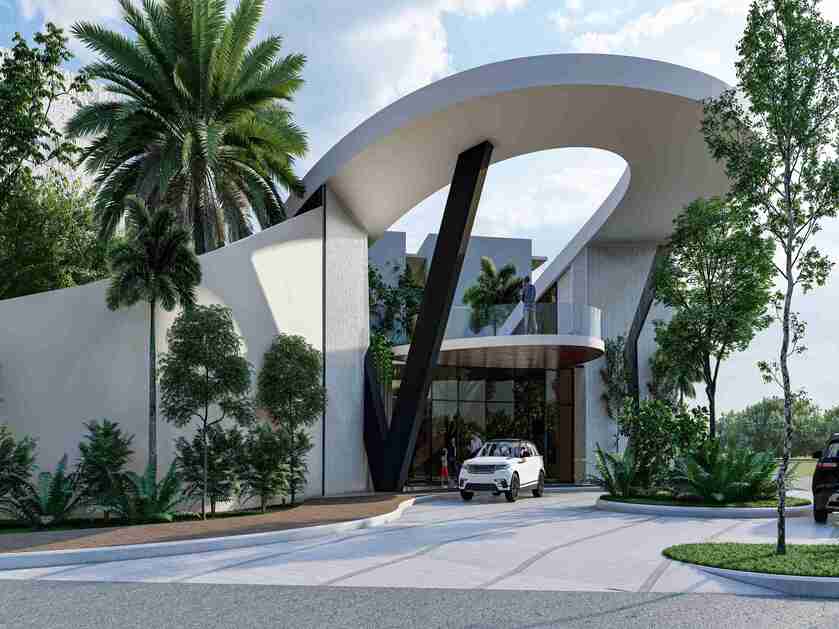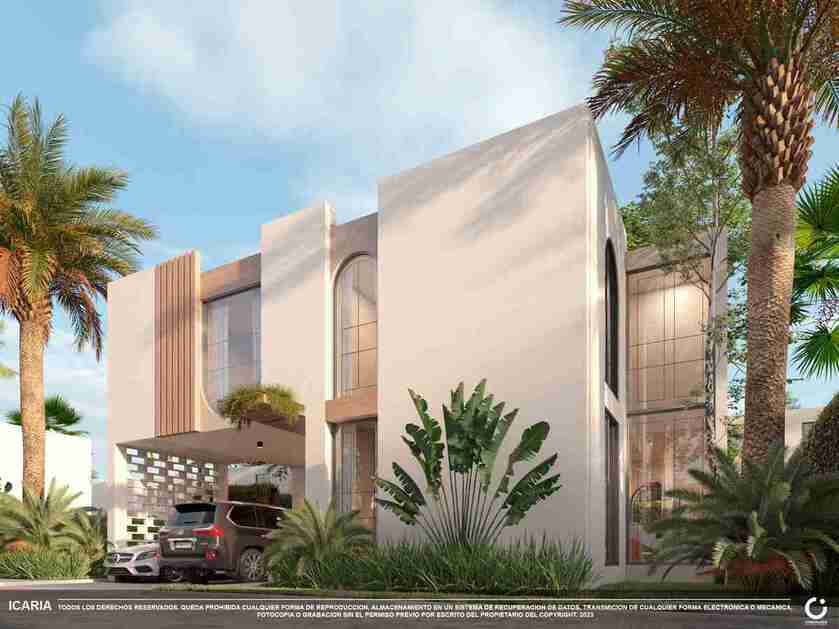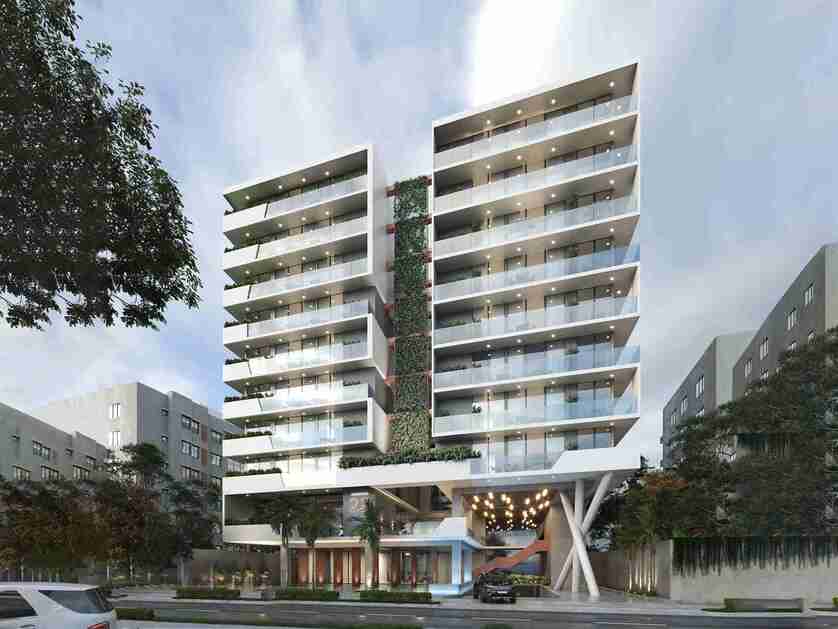The environmental impact of real estate construction
Real estate construction has a significant impact on the environment. While building spaces for housing, work, and entertainment is essential for human development, the ecological footprint left by construction is considerable. This process demands a large amount of natural resources, such as water and energy.
However, sustainable construction can help mitigate these effects. By adopting sustainable practices and technologies, it’s possible to reduce resource consumption, minimize waste, and protect ecosystems. This leads to more environmentally friendly construction and contributes to the preservation of natural resources.
Benefits of sustainability in construction
- Lower operational costs: Through energy- and water-efficient technologies, building owners can achieve significant savings.
- Improved quality of life: Sustainable buildings offer healthier, more comfortable spaces with thoughtful interior and exterior design.
- Environmental benefits: Reduced consumption of natural resources and emissions, more green spaces, and better urban integration.
Innovations in sustainable construction
Sustainability is driving innovation in the real estate sector. Key developments include:
Eco-friendly building materials
New materials with a lower environmental impact, such as concrete and bricks made from industrial waste or recycled products.
Energy-efficient technologies
Advanced systems for lighting and climate control, plus smart energy management technologies that optimize usage.
Water recycling systems
Solutions for reusing water in buildings, which reduce reliance on potable water and protect water resources.
Successful examples of sustainable real estate projects
Corporativo Vista 311
Located in Santo Domingo, this building features two 400 m² green roofs, is designed to save 40% energy and 50% water, and is certified LEED Gold and WELL. It includes more than 16,000 m² of space across 11 office levels and 5 underground floors. A true model of bioclimatic architecture in the Dominican Republic.
Eco 23: Residences
This mixed-use residential complex, located on Paseo de los Locutores in Santo Domingo, offers 20,322 m² of space and is EDGE-certified. It includes two 8-story towers designed for young professionals and families, panoramic city views, and a 300 m² open plaza to promote urban integration.
Centro de Salud y Formación Nueva Jerusalem
This center aims to support the northern area of Santo Domingo with a design that promotes sustainability, well-being, and social equity. It serves youth, families, women, and seniors, offering an urban space that prioritizes environmental awareness and human development.
Conclusion
These projects prove that real estate construction can be a positive force for change. Through sustainable development, we can create buildings that are resource-efficient, environmentally responsible, and healthy for their occupants.
At Construger, we are committed to designing smart, sustainable spaces through architecture.
Contact us to learn more about our Sustainable Certification services!






